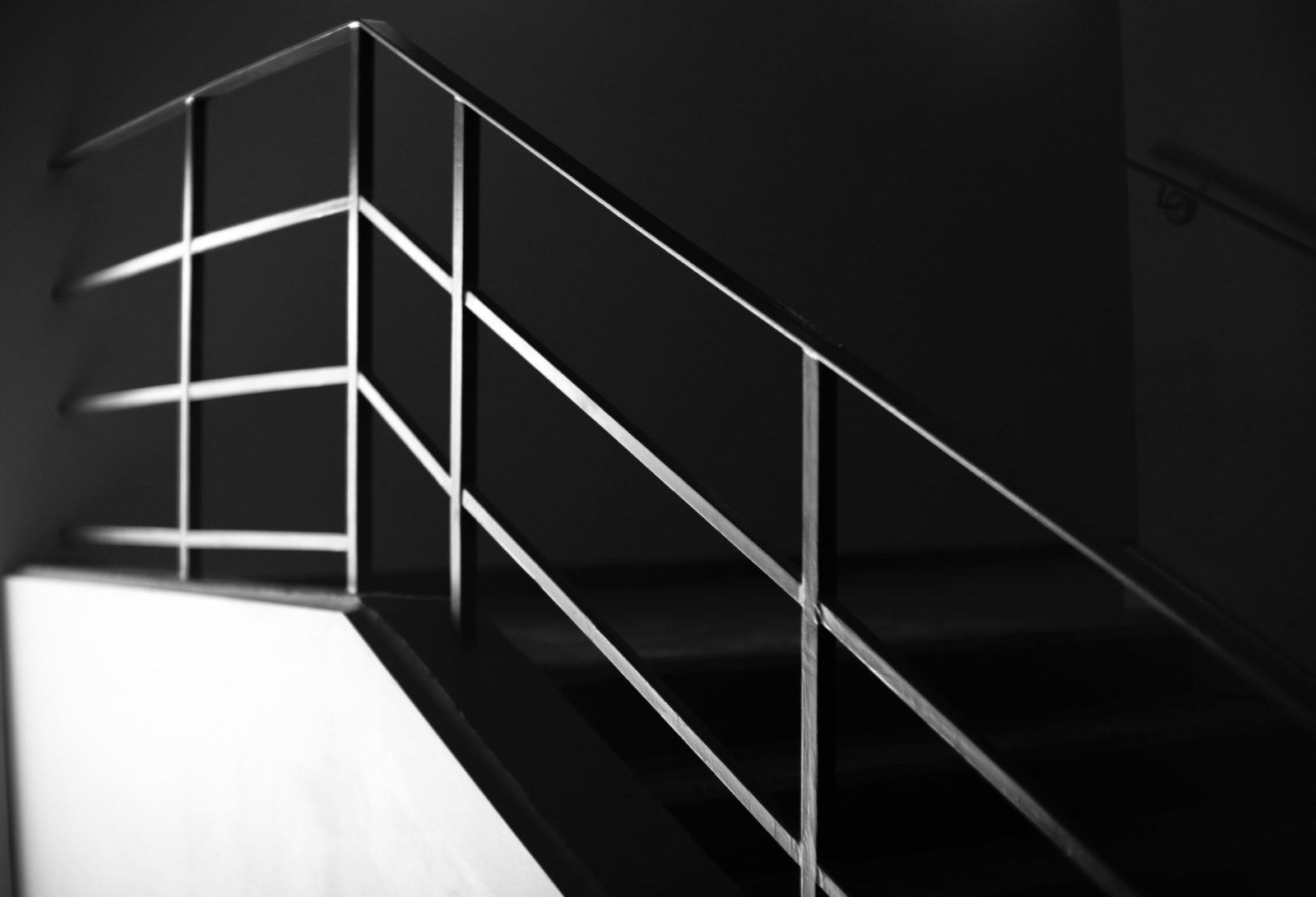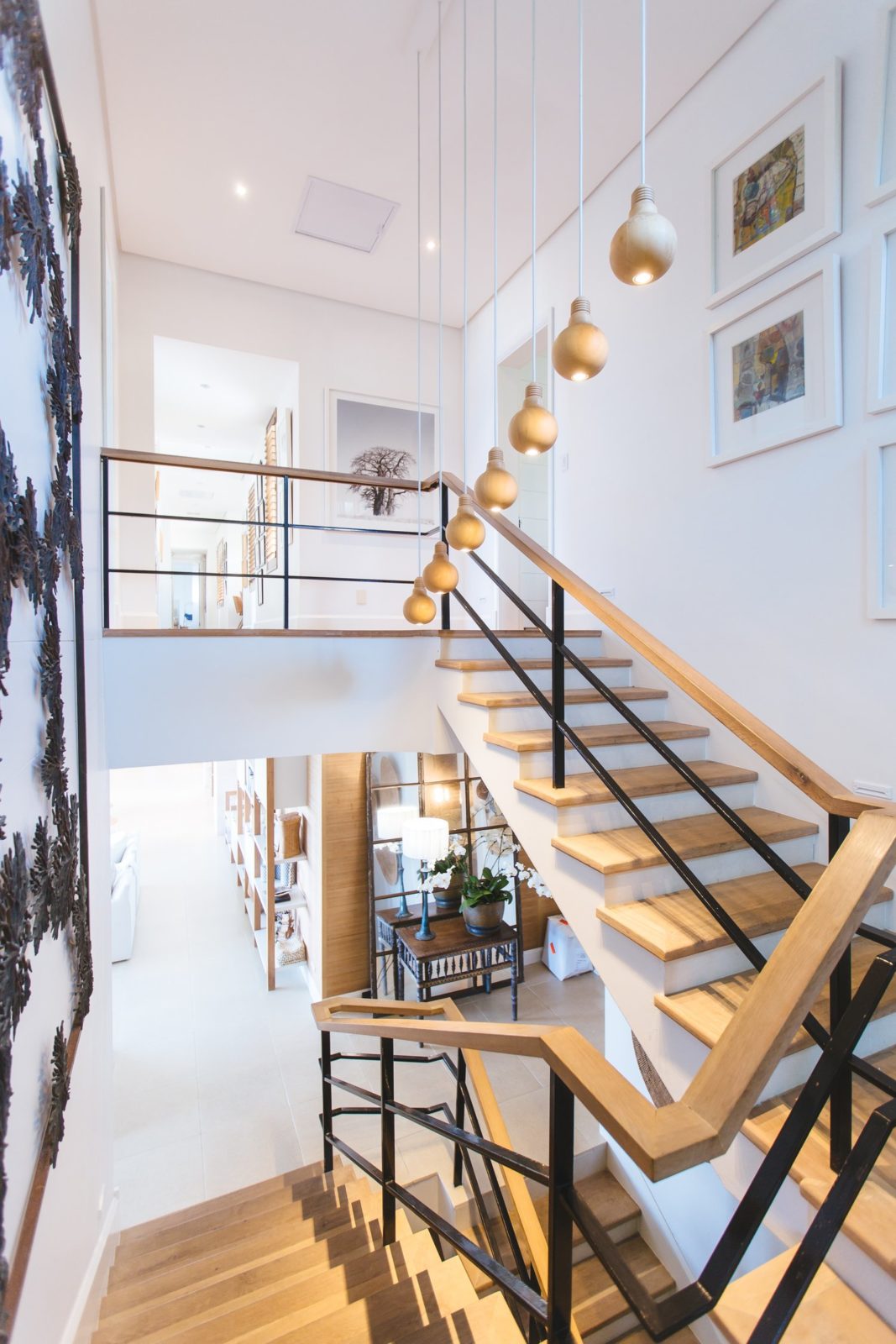Nothing says that you’re living in the lap of luxury like an elegant set of balustrades and handrails to grip on the ascent to your front door. Or equally, to lean on as you consider your kingdom (ground floor) below from outside your bedroom. But getting railings right is a tricky balancing act; even a slight oversight can end up making your railings seem gaudy instead of captivating. There’s a fine line between smooth passage and slipping, but this might help you strut into the former camp; our 5 IDEAL tips for choosing railings for your home.
LIVING IN A MATERIAL WORLD
Starting with the very basics, you must consider the material that you’ll be using for your railing. Material is a deciding factor in many aspects of architecture, both outside and in, but in terms of railings, it determines how sturdy your railing is, how resilient it will be to the elements and usage, as well as its aesthetic type. The three most basic types are glass, wood and metal, and below we’ll look at how they work in detail.
HEART OF GLASS
Glass railings are an ideal addition to any contemporary building, offering a trendy accent that makes the home feel open and fresh. An additional benefit of glass railings is that they let in more light than any other material. Though you’re most likely to encounter clear glass, it can also be made opaque or dyed any colour; the choice is yours. Despite their frail appearance, these railings are actually very sturdy and secure, but they do require regular maintenance if they’re to keep their good looks. They are also one of the most expensive choices.
HEAVY METAL
Whether we’re talking about stainless steel, aluminium, wrought iron or any other type, metal is great if you’re going for that sheer, industrial look, something light and modern, or even a retro touch. Stainless steel is one of the most resistant materials out there, and what’s more, metal railings are actually a fantastic choice in terms of maintenance. The lazy person’s go-to, make no mistake.
GOT WOOD
Wood is a classic choice for railings and can fit into pretty much any type of interior, depending on how it’s worked and finessed, of course. It’s one of the cheapest options available out there, but do keep in mind this might not be the case for all types of wood. If you want to let the outdoors in and let your home feel close to nature, you really can’t go wrong with wooden railings, but fair warning; wood is susceptible to decay and warping, so proper maintenance is a must.
MOUNTING OPTIONS
When it comes to how your railings are mounted, there are three main ways to go about it. There is the fascia railing mount, which means that the railing is fixed to a flat, horizontal surface and a cornice or frame, hence the alternative name of side mount. There’s also the surface mount, which basically means the railing is mounted on the floor or stair, while the wall mount involves fixing the railings to walls, as the name suggests. Whichever mounting you opt for, it’s vital that it fits both with the aesthetic of the room and of the home overall.







